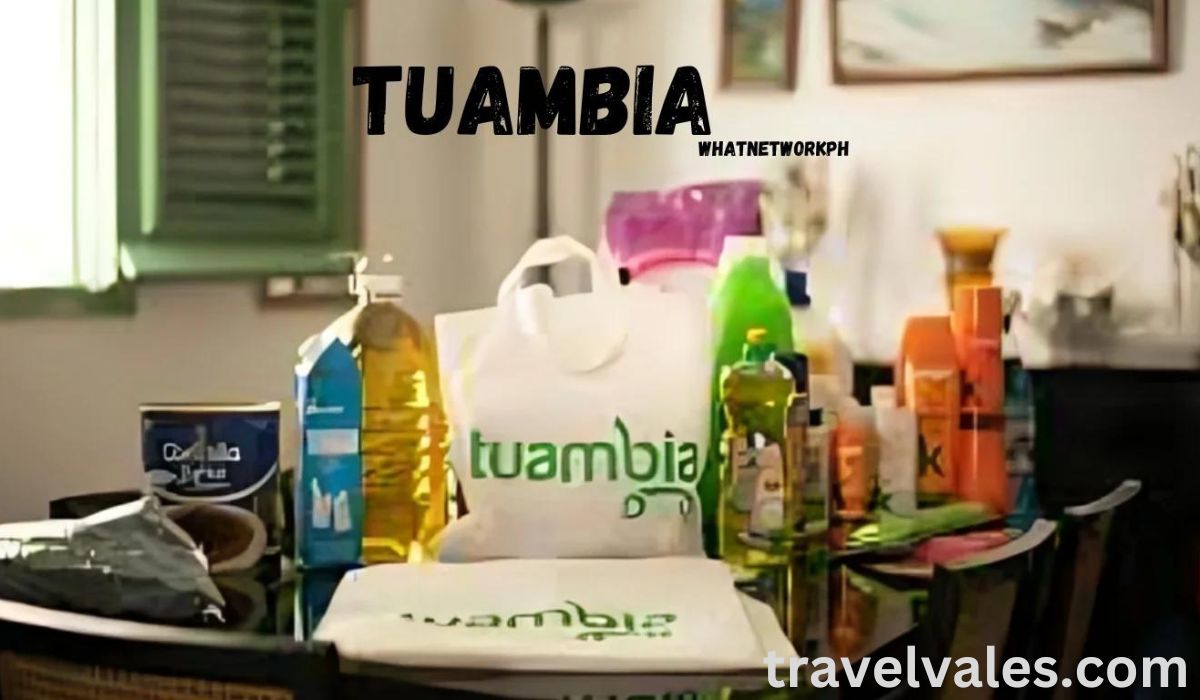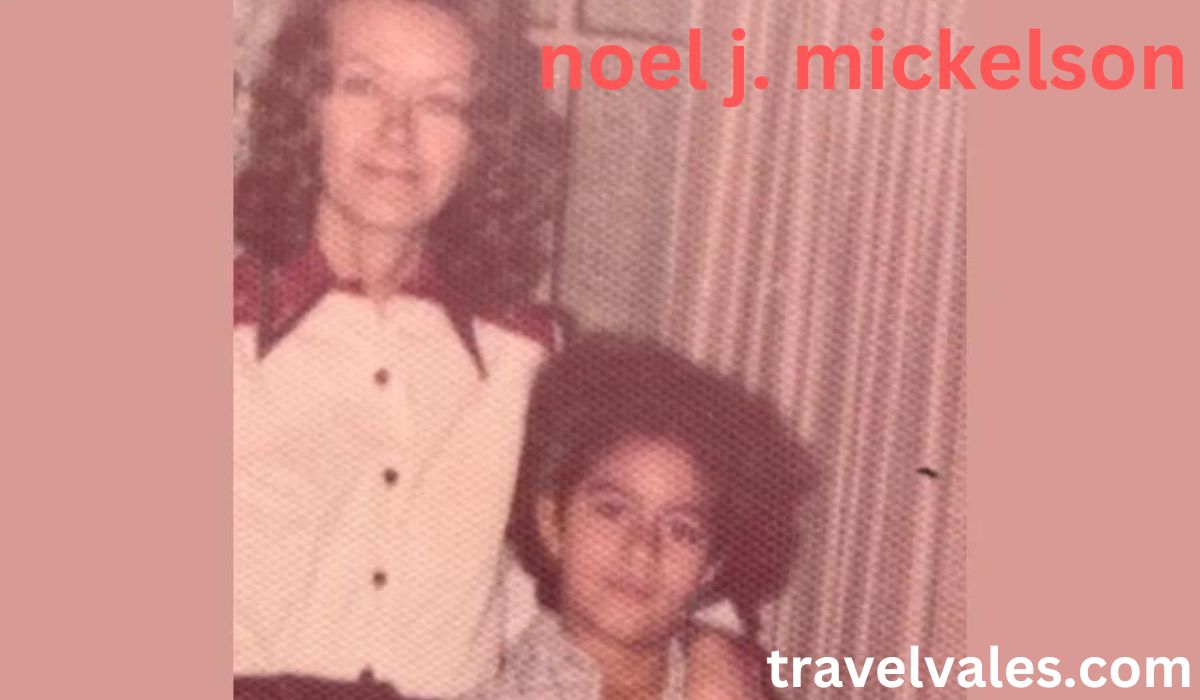Introduction to Tuambia
Tuambia is a term that has gained significant attention in various contexts, but what exactly does it mean? Whether you’ve come across Tuambia in online discussions, social media, or other platforms, understanding its full scope can be challenging. This article aims to provide an in-depth explanation of Tuambia, covering its origins, meanings, applications, and much more. By the end of this guide, you will have a clear and comprehensive understanding of Tuambia, making you well-informed and ready to engage with the topic in any context.
What Is Tuambia?
Understanding the Basics
Tuambia is not a commonly recognized word in many languages, which makes it intriguing. The term has roots in various cultural and linguistic traditions, and its meaning can vary depending on the context in which it is used. At its core, Tuambia is often associated with communication, expression, and the sharing of information or emotions. It is derived from the Swahili language, where “Tuambia” roughly translates to “tell us” or “let us know.”
Etymology of Tuambia
The word Tuambia comes from the Swahili language, which is widely spoken in East Africa, particularly in countries like Kenya, Tanzania, Uganda, and parts of the Democratic Republic of the Congo. Swahili, also known as Kiswahili, is a Bantu language with influences from Arabic, due to historical interactions between Arab traders and the coastal communities of East Africa.
In Swahili, “Tuambia” is a combination of two parts:
- “Tua”: A prefix that can be used in different forms to indicate “let us.”
- “Mbia”: A verb that means “to tell” or “to inform.”
When combined, “Tuambia” essentially means “tell us” or “inform us.”
Modern Usage of Tuambia
Today, Tuambia has transcended its original Swahili meaning and has been adopted in various ways, especially in digital communication. It is used in online forums, social media platforms, and even in marketing campaigns to engage audiences by inviting them to share their thoughts, opinions, or stories. This broad usage has made Tuambia a versatile term that can be adapted to various contexts.
The Cultural Significance of Tuambia
In African Cultures
In many African cultures, communication is seen as a communal activity. The idea of sharing information, stories, and wisdom is deeply embedded in the social fabric. Tuambia, as an expression, resonates with this cultural value of open and collective communication. It is not just about telling or informing, but about inviting dialogue and fostering a sense of community.
In traditional African societies, oral traditions were the primary means of preserving history, culture, and knowledge. Elders would gather the community and use storytelling as a way to educate the younger generation. In this context, Tuambia could be seen as a call to gather and listen, to be informed, and to share in the collective knowledge of the community.
Tuambia in Modern African Society
As African societies have modernized, the role of communication has evolved, but the fundamental value of sharing information remains strong. Tuambia is now often seen in the context of social media and online platforms, where it serves as a call to action for users to engage with content, share their opinions, and participate in discussions. This modern usage reflects the ongoing importance of communication in African cultures, even as the means of communication have changed.
The Role of Tuambia in Digital Communication
Social Media and Tuambia
In the age of social media, Tuambia has taken on new life as a phrase used to encourage interaction and participation. Social media platforms like Twitter, Facebook, and Instagram thrive on user engagement, and Tuambia serves as a prompt for users to share their thoughts, ideas, and feedback. It’s a way of saying, “We want to hear from you. Tell us what you think.”
For instance, a company might use Tuambia in a social media post asking customers for their opinions on a new product. A community group might use it to invite members to share their experiences or stories. In each case, Tuambia is used to foster a sense of inclusion and dialogue, making it a powerful tool in digital communication.
Tuambia in Online Forums and Communities
Beyond social media, Tuambia is also prevalent in online forums and communities. In these spaces, where users often come together to discuss specific topics or share knowledge, Tuambia can serve as an invitation to contribute to the conversation. It encourages users to share their insights, ask questions, and engage with others in a meaningful way.
In this context, Tuambia is more than just a call to action; it’s a way of building a sense of community. By inviting others to share their thoughts, Tuambia helps create a space where everyone feels valued and heard. This can lead to richer, more diverse discussions and a stronger sense of connection among community members.
The Impact of Tuambia in Marketing and Advertising
Using Tuambia in Campaigns
Marketers have recognized the power of Tuambia as a tool for engagement. In advertising campaigns, Tuambia can be used to encourage consumer interaction, gather feedback, and build brand loyalty. By asking customers to “tell us” about their experiences, preferences, or opinions, companies can gain valuable insights and create more personalized marketing strategies.
For example, a brand might launch a campaign with the tagline “Tuambia—We Want to Hear from You.” This simple phrase can make consumers feel like their opinions matter, increasing their likelihood of engaging with the brand. Whether through surveys, social media posts, or direct communication, Tuambia can help brands connect with their audience on a deeper level.
Case Studies: Successful Use of Tuambia
There have been several successful marketing campaigns that have used the concept of Tuambia to great effect. One notable example is a campaign by a popular African telecommunications company that used Tuambia to gather customer feedback on new service offerings. By actively soliciting customer opinions and incorporating that feedback into their services, the company was able to improve customer satisfaction and strengthen its market position.
Another example is a social media campaign by a global beverage brand that encouraged users to share their unique recipes and experiences using the brand’s products. The campaign, titled “Tuambia Your Recipe,” not only engaged customers but also generated a wealth of user-generated content that the brand could use in future marketing efforts.
The Psychological Aspects of Tuambia
Why We Feel the Need to Share
On a psychological level, Tuambia taps into a fundamental human need—the need to be heard and acknowledged. When someone says “Tuambia,” they are not just asking for information; they are offering a platform for expression. This invitation to share can fulfill several psychological needs, including the need for social connection, the need for validation, and the need for identity expression.
Humans are social creatures, and sharing information is one of the ways we connect with others. Whether it’s sharing a personal story, offering an opinion, or providing feedback, the act of sharing helps us feel more connected to those around us. Tuambia, by inviting this kind of sharing, plays into this natural desire for connection.
The Power of Validation
Another psychological aspect of Tuambia is the power of validation. When someone is asked to share their thoughts or opinions, and those thoughts are acknowledged, it can be incredibly validating. It shows that their voice matters, that their perspective is valued. This validation can boost self-esteem and encourage further participation.
In marketing and community-building, understanding this aspect of Tuambia can be incredibly powerful. By using Tuambia to invite participation and then actively acknowledging that participation, brands and communities can build stronger, more engaged relationships with their audience.
How to Use Tuambia Effectively
Best Practices for Social Media
If you’re looking to use Tuambia in your social media strategy, there are a few best practices to keep in mind:
- Be Clear and Specific: When using Tuambia, be clear about what you’re asking for. Whether it’s feedback, opinions, or stories, make sure your audience knows exactly what you want them to share.
- Engage with Responses: Don’t just ask for input and then ignore it. Engage with the responses you receive. Like, comment, and share user-generated content to show that you value your audience’s contributions.
- Use Visuals: Accompany your Tuambia prompts with eye-catching visuals. Images, videos, and infographics can make your call to action more appealing and increase engagement.
- Incorporate Hashtags: If you’re using Tuambia on platforms like Twitter or Instagram, consider incorporating relevant hashtags. This can help increase the visibility of your posts and encourage more people to participate.
Incorporating Tuambia into Marketing
For marketers, Tuambia can be a powerful tool for gathering insights and building customer relationships. Here’s how to use it effectively:
- Survey Campaigns: Use Tuambia as a prompt for surveys or polls. This can help you gather valuable customer feedback and make data-driven decisions.
- Customer Stories: Encourage customers to share their stories using Tuambia. Whether it’s through social media, your website, or email campaigns, customer stories can be a powerful form of user-generated content.
- Feedback Loops: Create a feedback loop where customers can continuously share their thoughts and experiences. Use Tuambia as the anchor for this ongoing dialogue, and make sure to act on the feedback you receive.
Building Communities with Tuambia
If you’re looking to build an online community, Tuambia can help create a space where members feel valued and heard. Here’s how to incorporate it into your community-building efforts:
- Welcome New Members: Use Tuambia as a way to welcome new members and invite them to introduce themselves. This can help break the ice and make new members feel more comfortable.
- Encourage Discussion: Use Tuambia
FAQS
1. What does Tuambia mean?
Tuambia is a Swahili word that translates to “tell us” or “inform us” in English. It is commonly used in various contexts to encourage communication, participation, and sharing of information. The term has gained popularity in digital communication, particularly on social media and online forums, where it is used as a prompt to invite users to share their opinions, stories, or feedback.
2. How is Tuambia used in social media?
Tuambia is often used on social media platforms like Twitter, Facebook, and Instagram to engage with audiences. Brands and individuals use it as a call to action, encouraging followers to share their thoughts, experiences, or feedback. For example, a company might post, “Tuambia what you think about our new product!” This invites users to comment and participate in the conversation, thereby increasing engagement and building a sense of community.
3. What is the cultural significance of Tuambia in African societies?
In many African cultures, communication is viewed as a communal activity, and sharing information is highly valued. Tuambia embodies this cultural importance by serving as an invitation for collective dialogue. Historically, oral traditions were the primary means of preserving and passing down knowledge in African societies, and Tuambia reflects this tradition by encouraging open communication and the exchange of ideas within the community.
4. Can Tuambia be used in marketing?
Yes, Tuambia is a powerful tool in marketing. It can be used to gather customer feedback, engage with audiences, and build brand loyalty. For instance, marketers might use Tuambia in surveys, social media posts, or campaigns to ask customers for their opinions or experiences. By making consumers feel that their input is valued, Tuambia helps brands connect more deeply with their audience and create more personalized marketing strategies.
5. How can Tuambia help build online communities?
Tuambia is effective in building online communities by fostering a sense of belonging and encouraging participation. Community leaders can use Tuambia to welcome new members, prompt discussions, and invite members to share their stories or insights. This approach helps create an inclusive environment where everyone feels heard and valued, leading to stronger and more engaged communities.










